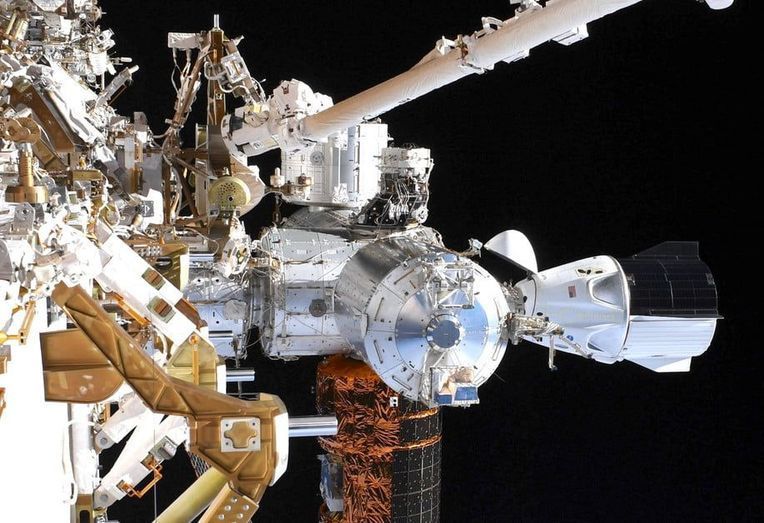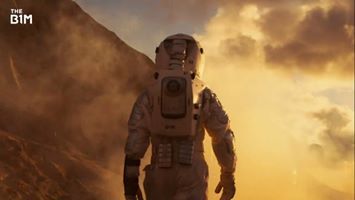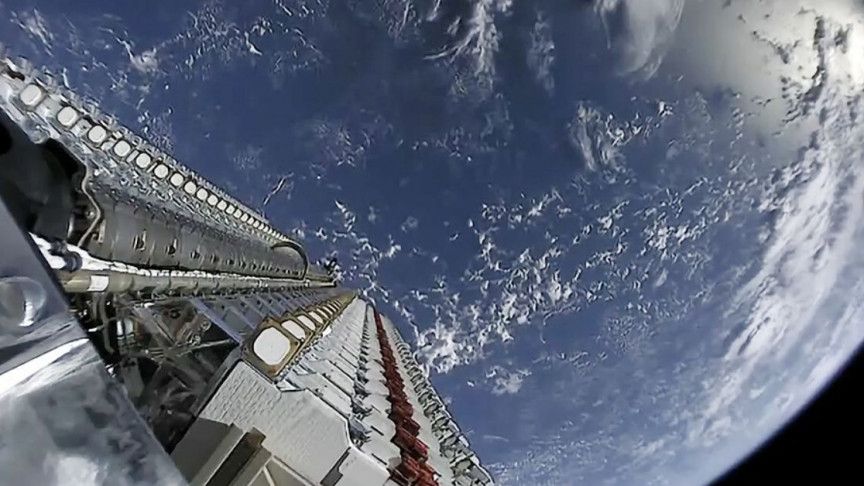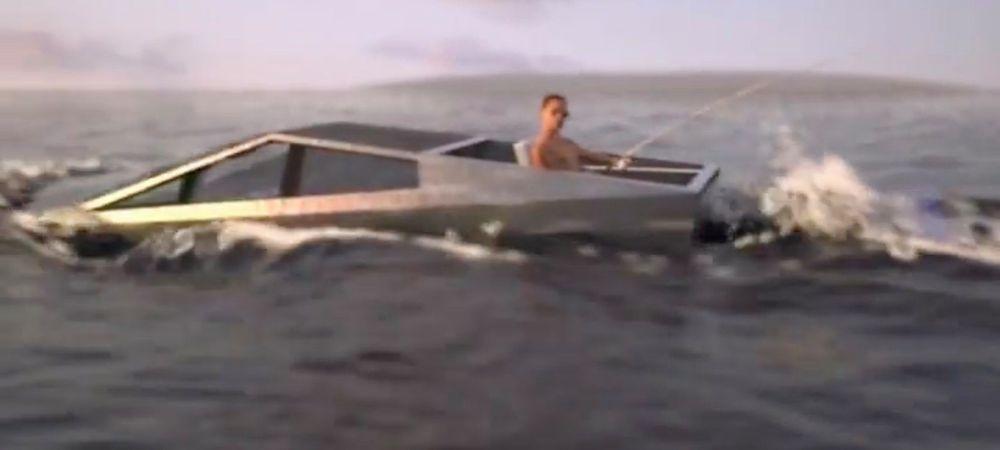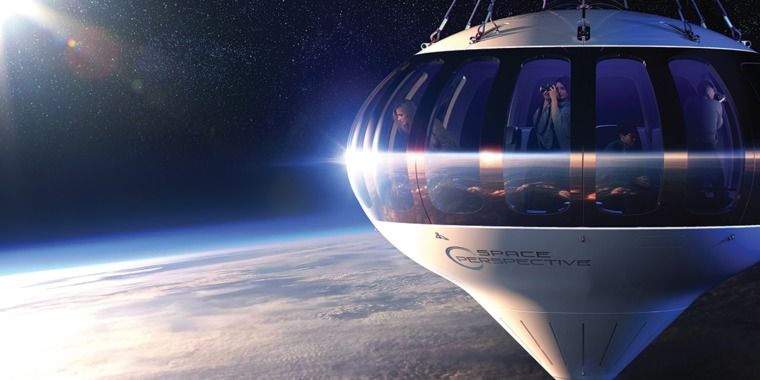As always, we welcome reader submissions, and if you don’t want to miss an issue, please subscribe using the box below (the form will not appear on AMP-enabled versions of the site). Each report will include information on small-, medium-, and heavy-lift rockets as well as a quick look ahead at the next three launches on the calendar.
NASA ready to buy suborbital rides for its people. This week, NASA formally asked the US space industry to dish the details on its plans for brief spaceflights. In essence, the space agency said it wants to buy brief hops into space for its Astronaut Corps and scientists, but it needs more information, Ars reports. NASA Administrator Jim Bridenstine said the program seeks mostly to increase the time NASA spends in microgravity.
Balancing cost and risk … The biggest question concerns the risk that NASA is willing to accept in putting its people on these space vehicles. For the space shuttle program, NASA had complete oversight of the vehicle’s development. Although the commercial crew program was a public-private partnership, NASA still had significant insight into every facet of SpaceX’s Crew Dragon and Boeing’s Starliner spacecraft because it paid for most of the development costs. Now, NASA is solely a customer. “We’re not going to make it more dangerous than orbital flight,” Bridenstine said of suborbital flight.

